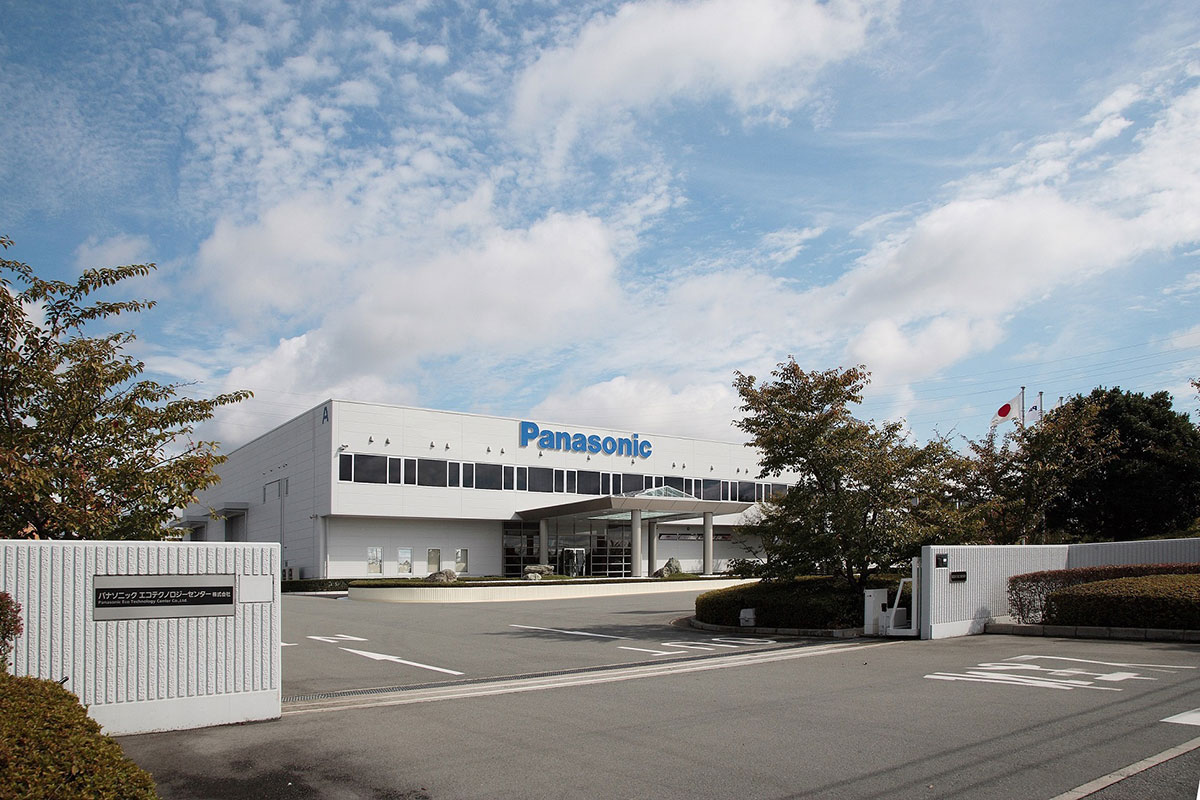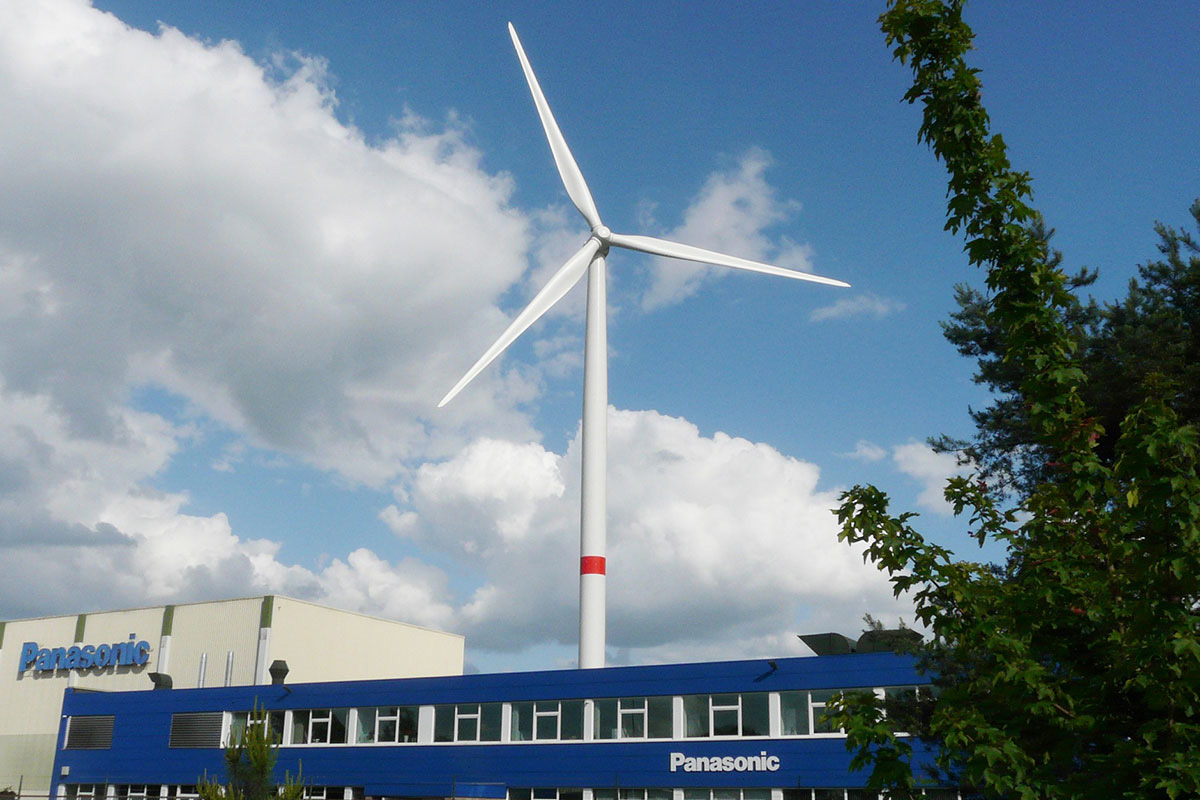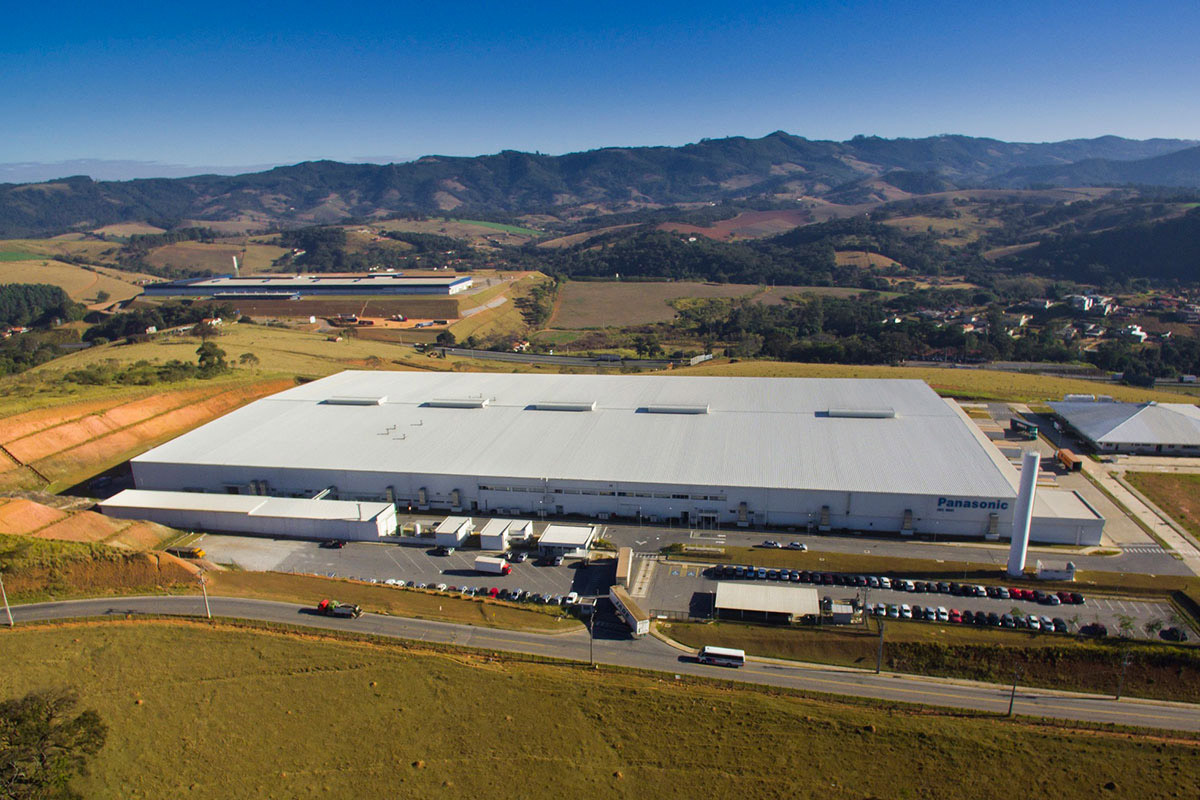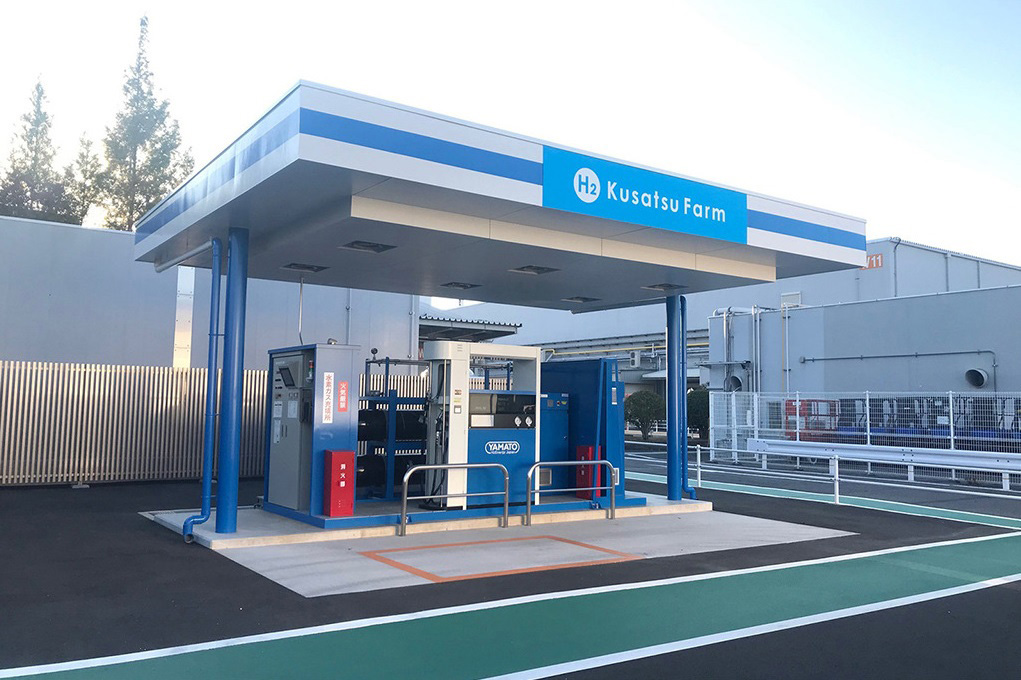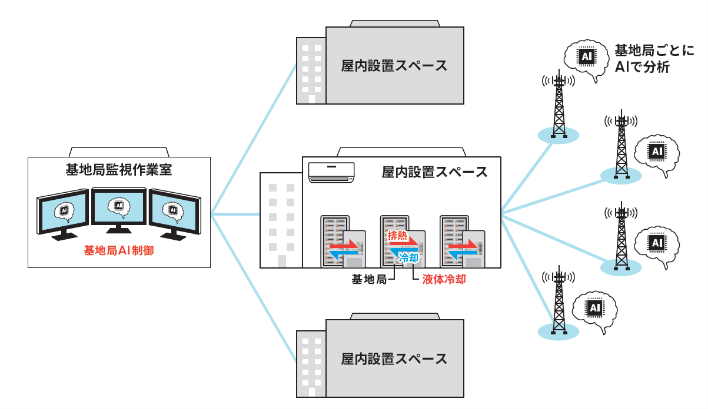Realized Zero-CO2 Factories by using saved energy and renewable energy
Panasonic Corporation
Outline
Panasonic Corporation formulated the Panasonic Environment Vision 2050 in June 2017, a goal that requires the Company to work towards the creation and more efficient utilization of energy that exceeds the amount of “energy used” in order to balance the demands for better lifestyles with the need to ensure a sustainable global environment.
As one of these activities to promote businesses aiming for a sustainable society, the company is working globally to create factories that do not emit CO2 during their operation. In addition to energy conservation efforts at plants, we are also promoting the introduction of renewable energy power generation facilities, including solar power generation systems, at our sites and the procurement of electricity from renewable energy sources. In 2019, we established zero-CO2 plants in Japan, Belgium, Brazil, and Costa Rica. By 2050, we will switch to 100% renewable energy for electricity used globally, and aim for zero-CO2 manufacturing.
Description
Since its founding, the Panasonic Group has had as its corporate philosophy the idea of contributing to the development of people's lives and society, and has been actively addressing global environmental issues. In 2017 the Company formulated the Panasonic Environment Vision 2050, a goal that requires the Company to work towards the creation and more efficient utilization of energy that exceeds the amount of “energy used” in order to balance the demands for better lifestyles with the need to ensure a sustainable global environment. In addition, the Company formulated the Green Plan 2021 with focus on “energy” and “resources”, which are material to realize Environment Vision 2050. Panasonic will accelerate the development of products, technologies, and solutions related to the four viewpoints of energy creation, energy saving, energy storage, and energy management. As part of this effort, we are working to reduce "energy used" by reducing CO2 emissions from plant operations through "Creating zero-CO2 factories."
To create factories with zero CO2 emissions, we have switched lighting to LEDs, completing the transition by the end of fiscal 2019. Furthermore, FEMS and other innovative energy-saving technologies will be introduced to promote smart manufacturing. In activities to expand energy creation, photovoltaic power generation systems will be installed by fiscal 2021 at sites system implementation is viable.
As prior examples of our efforts for creating zero-CO2 factories, two factories in japan and Europe at Panasonic Eco Technology Center Co., Ltd. (PETEC), a home appliance recycling company, and the Panasonic Energy Belgium N.V. (PECBE), which produces dry batteries, have become the first zero-CO2 factories for Panasonic.
This was achieved by the two factories by installing renewable energy power generation systems such as photovoltaic power generation system and wind power generation system, procuring 100% renewable electricity, and utilizing carbon credits to offset CO2 emissions from fossil fuels. These efforts will reduce CO2 emissions by approximately 5,000 tons.
Additionally, all three factories under Panasonic do Brazil(PANABRAS)in Extrema, Sao Jose and Manaus, that became the first factories in Panasonic to achieve manufacturing with 100% renewable electricity in 2016, have also become the first zero-CO2 factories on the American continent for Panasonic by reducing the use of fossil fuels and utilizing of carbon credits, in addition to procurement of 100% renewable electricity. In the future, PETEC will promote measures that utilize internally-developed technologies, including strengthening energy conservation activities, further utilization of renewable energy such as geothermal heat, and introducing technology to absorb, separate, and utilize CO2 emitted from fossil fuels.
Environmental Action Plan “Green Plan 2021” sets targets that we will establish at least one zero-CO2 model factory in each region, covering: China, Southeast Asia, Europe and other regions. By making above achieved zero-CO2 factories the leading model of the company’s zero-CO2 factories, and by gradually expanding the activities to global factories, Panasonic will steadily promote production that does not emit CO2 aiming for a sustainable society as envisioned by the “Environment Vision 2050.”
Supplementary information
Please read our company's Sustainability Data Book 2019 (page:15~18) for more details.
https://www.panasonic.com/global/corporate/sustainability/downloads.html
Other Innovation Challenges
Similar Innovation Challenges
Accelarating the penetration of renewable energy resources with “Open Energy System”
Sony Group Corporation
Achieving net-zero carbon emissions from plant factories using full artificial lighting
Taikisha Ltd.
Advanced technology for buildings providing energy-saving and comfortable indoor environment (under Net Zero Energy condition)
Mitsubishi Electric Corporation
AI control reduces base station power consumption by up to 50%
KDDI CORPORATION



